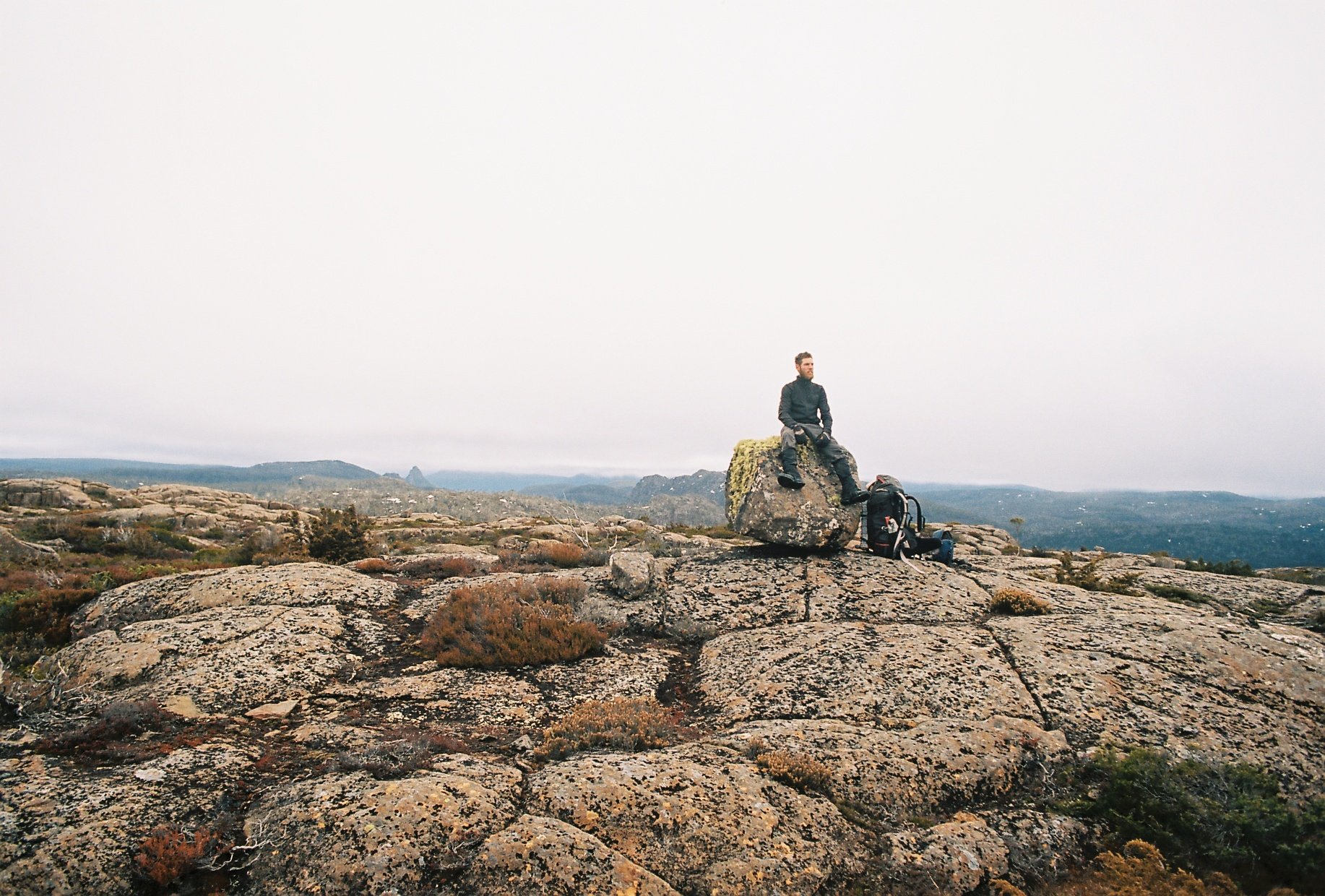A bicycle is a finely tuned machine. When it’s in good working order, it is quiet, efficient and an absolute joy to ride (especially downhill). But if even the tiniest component is slightly out of alignment, it will result in clunkiness, and create problems that will persist until addressed. The solution to a mechanical problem can be simple and minimal, and herein lies the art of bicycle maintenance. More often than not, we just need to tighten up a bolt, take in a cable, pump up the tube a bit. The trick or the art is in knowing what miniscule action will lead to a favorable outcome. As easy as it is to set things right, it is just as easy to cause things to fall out of alignment if our actions are not guided by the appropriate knowledge.
Personally, I’m a reluctant mechanic. It’s only recently that I’ve started meddling with what I’ve always thought to be a bit of a dark art, and only out of necessity. If my bike is not working the way I want it to, that’s generally the only reason I will take up the tools. If it ain’t broke, don’t fix it, right?
My approach for this tour of New Zealand was to ensure I have the essential tools and spare parts that if the most likely things broke down, I’d have the means to fix it. When it came to it, I figured that I’d simply figure out how, when I really needed to. A few items in my repair kit, but not limited to were: multi tool, spare tube, patch kit, tyre leavers, pump, spare cables, spare spokes, lube, grease, rags, quick links, cable ties, super glue, tape, spoke key, adjustable spanner. I mean you can always take more gear but as it was the repair kit weighed about 1.5kg so I figured what I had would have to do.

















































